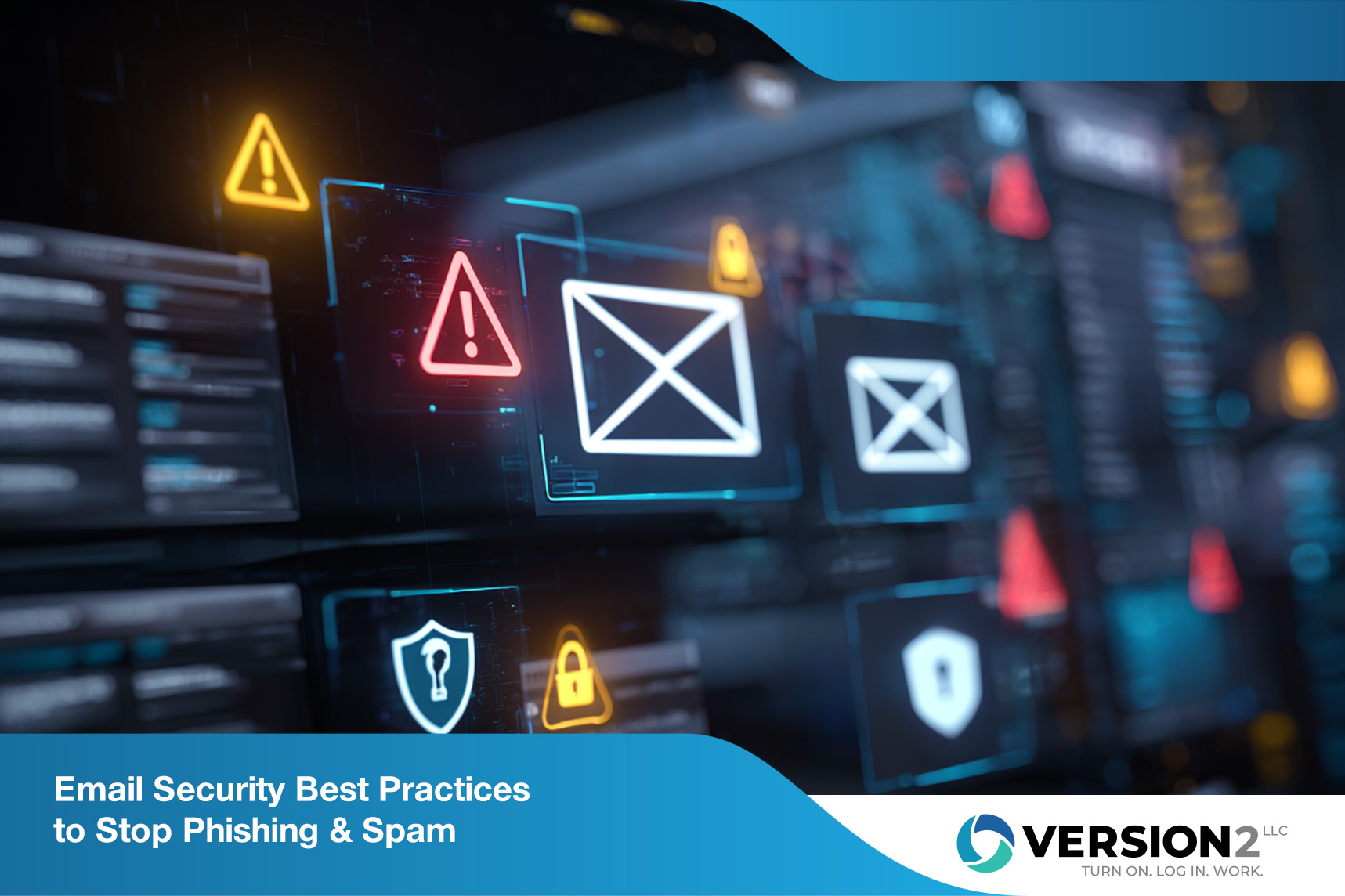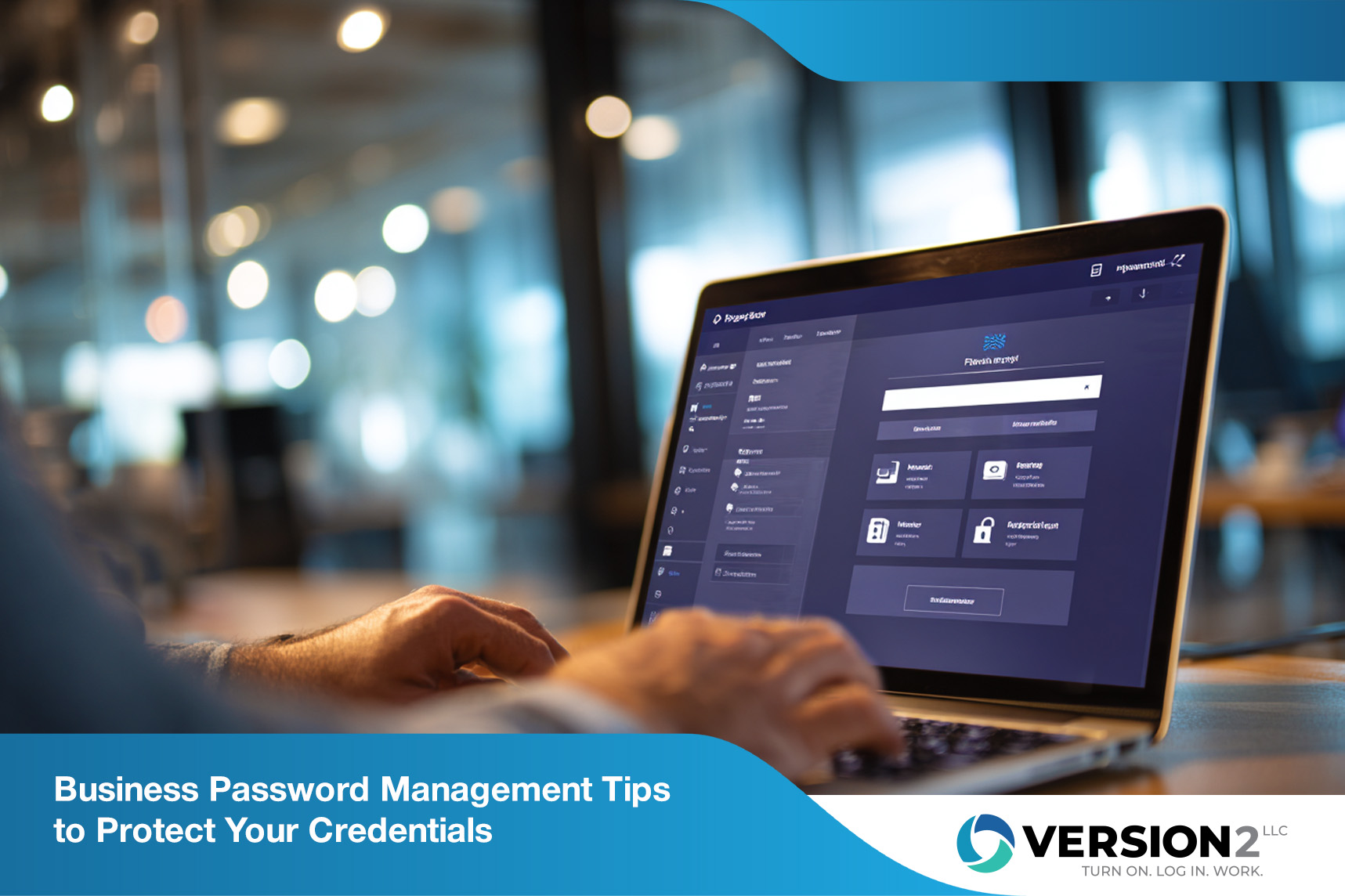
November 27, 2025
Network Firewall Configuration Tips to Secure Your Firewall
Learn how to master network firewall configuration, avoid common mistakes, and secure your systems with proper rules and policies.
July 29, 2025
.jpg)
Imagine losing all your critical business data in an instant—customer records, financial reports, proprietary systems—gone without warning. It’s a nightmare you wouldn’t wish on anyone, yet it’s a reality many business owners face after an unexpected cyberattack, system failure, or human error. But here’s the truth: data loss is preventable. The only catch? You need to have a solid backup strategy that doesn’t just exist, but works when you need it most.
If you’re running a business in Illinois, especially with teams working remotely or in hybrid setups, your data backup plan is more than just IT hygiene—it’s your safety net. Without it, one data loss event can disrupt operations, hurt customer trust, and cost you far more than the price of proper data protection.
Let’s explore the data backup best practices that actually protect your business, not just in theory, but in real-world scenarios where downtime and data loss are not an option.

If your business stopped today, how long could you survive without your data? For most, the answer is: not long at all. This is why data backup is essential to ensuring business continuity. When systems crash or data gets corrupted, a well-executed backup and recovery plan is the difference between a minor hiccup and a full-blown crisis.
You’re not just protecting files. You’re preserving your reputation, your client relationships, and your revenue streams. A single data loss event can derail operations for days, sometimes weeks, especially if you lack a backup strategy that ensures immediate recovery. And let’s be honest: in a competitive market, downtime doesn’t just cost money—it costs credibility.
But here’s where many business owners slip: they think a single backup is enough. It’s not. True data resilience requires multiple backup copies, diversified storage methods, and consistent checks. If you’re not following a tested backup strategy to ensure your data is always protected, you’re leaving everything you’ve built wide open to risk.
Think your data is safe because it’s stored in a server or the cloud? Think again. The truth is, every backup system—no matter how advanced—is vulnerable to security risks if not managed properly. And these risks aren’t just hypothetical. They're happening every day to businesses that thought they were covered.
Cyberattacks, like ransomware, can encrypt both your production data and your backup copies if you don’t have the right protections in place. Without proper backup infrastructure, even a well-intentioned backup process can backfire, especially if it lacks encryption, access controls, or network segmentation.
Then there’s human error—accidental deletions, overwriting files, or misconfiguring backup software. Combine that with hardware failures, natural disasters, or corrupted storage devices, and you’ve got a recipe for irreversible data loss if you’re not prepared.
That’s why every business owner must pair data backup and recovery with an IT security risk assessment. You need to understand where your data is stored, who can access it, and how it’s protected—not just in theory, but in practice. This ensures your backup strategies aren’t just keeping up with data growth, but also shielding you from threats that evolve every day.

If you’re serious about protecting your business, you need to get strategic with your data backup. This isn’t just about having a copy of your data—it’s about having a system that guarantees your files, systems, and customer information are protected, accessible, and recoverable when you need them most.
Here are the backup best practices every business owner should be implementing:
This is the gold standard for data backup strategies:
The 3-2-1 backup strategy is simple but powerful. It ensures that if one backup fails or gets compromised, you still have reliable alternatives to restore data.
A full backup captures everything in your system—a complete snapshot. But because it’s resource-intensive, you shouldn’t rely on it alone.
Not all data carries equal weight. Your backup strategy ensures that important data like customer files, financial records, and proprietary software gets top priority. Establish a backup frequency that matches how often your data changes—daily, hourly, or in real time for critical data.
A backup strategy to ensure safety means nothing if you can’t actually restore data when disaster hits. Schedule routine recovery tests to verify that your backup contains all necessary files and that your team knows the steps for backup and recovery.
Define how long you’ll store your data. Certain files need to be kept longer due to compliance regulations, while others can be deleted after a set period to manage storage and ensure consistent data protection.
When done right, these backup strategies not only prevent data loss, they also help you maintain operational flow, even in the face of unforeseen events. But before backing up anything, you’ll want to make sure your security gaps are closed—that’s where an IT security risk assessment comes in.
Before you even start your backup process, you need to understand the vulnerabilities lurking within your systems. A proper IT security risk assessment helps you identify weaknesses that could compromise both your production data and every backup copy you create.
Start by asking yourself:
These aren’t just technical questions—they’re business survival questions. A risk assessment exposes potential gaps in your security controls, access permissions, and even the tools you use to back up your data.
Once you’ve pinpointed the risks, you can layer in the right security measures:
This approach ensures that when you execute your backup strategy, you’re not just copying vulnerabilities along with your files. Instead, you’re building a protection and backup plan that keeps your data safe, your business compliant, and your peace of mind intact.

Selecting the right backup solution isn’t just about convenience—it’s about matching your business needs with the most effective protection. Let’s break down your options so you can build an effective backup strategy without wasting time or resources.
If flexibility and scalability are your priorities, cloud backup is a no-brainer. It’s perfect for businesses with remote teams, growing data storage needs, or limited in-house IT support. Sending data to the cloud means you can store data long-term, access files from anywhere, and benefit from built-in disaster recovery capabilities.
But remember, cloud doesn’t mean risk-free. Always ensure your provider offers encryption, data redundancy, and a clear data retention policy.
If you want full control, on-premises backup solutions let you store your backup copies in a local data center or backup server. This is ideal if you handle specific data types that require strict compliance or faster recovery times.
However, physical backups are vulnerable to local disasters like fires, floods, or theft. That’s why an offline backup combined with off-site storage is critical to a solid backup plan.
Want the best of both worlds? A hybrid approach combines on-premises backup with cloud storage. This ensures your critical data is backed up locally for quick recovery while having another copy of your data offsite in case of physical damage.
This approach aligns with the basic principles of the 3-2-1 rule and provides ultimate flexibility, resilience, and assurance that your data is recoverable, no matter what.
Choosing the right backup strategy ensures you’re not just ticking boxes but actively safeguarding your operations. And when paired with a thoughtful backup frequency and tested backup and disaster recovery plan, you’re setting up your business to survive—and thrive—through any data loss event.
At the end of the day, a successful backup strategy isn’t just about technology—it’s about protecting the business you’ve built. Whether it’s accidental deletion, a system crash, or a cyberattack, what matters is that your data is always recoverable, intact, and secure. Following backup best practices like the 3-2-1 backup rule is simple, but it’s these simple principles that prevent disaster from becoming irreversible.
You’ve worked too hard to let a data loss event define your company’s future. By applying a mix of full backup, differential backup, and incremental backup, using the right mix of backup infrastructure, and conducting regular IT security risk assessments, you’re giving your business a real chance at resilience.
If you’re in Illinois and want expert data backup plan solutions in Chicago, there’s no need to figure it out alone. Our team at Version2 has spent over 15 years helping businesses like yours strengthen their backup and recovery strategies, ensuring you can keep your data safe, compliant, and accessible—no matter what happens.
Want to stop worrying about data disasters? Contact us and get the guidance you need to create an effective backup strategy that’s built for your business, your risks, and your growth.
The most reliable backup strategies start with the 3-2-1 backup strategy: keep three copies of your data, stored on two different media, with one copy stored offsite. This method ensures data loss prevention even when disaster strikes. Coupling this with automated backup software, routine backup frequency, and tested recovery solutions is key to safeguarding your operations.
A full backup creates a complete copy of all data, capturing everything in your system at that point in time. While comprehensive, it requires more time and storage compared to incremental or differential backups. Choosing the right type of backup often depends on the amount of data you manage and your available backup infrastructure.
To protect your data from ransomware, use the 3-2-1 rule of backup, implement strict access controls, encrypt your backup data, and ensure backups are isolated from your primary network. This layered approach to data security minimizes risks and ensures your data is recoverable without paying a ransom.
An enterprise backup solution is designed for businesses that handle major data volumes across multiple environments. It offers robust backup systems, enhanced encryption, centralized data backup and recovery, and the ability to track backup processes across departments, making it a must for organizations that can’t afford downtime.
Your backup frequency depends on how often your data changes. If your business handles constant updates or customer transactions, you should use backup tools that run hourly or even in real-time. The goal is to always have up-to-date copies of data stored, ensuring minimal data loss due to unexpected events.
You should store your data using a combination of on-premises devices and cloud storage to diversify your backup system. Following the 3-2-1 backup rule is simple, but it creates strong defenses, ensuring even if one location fails, your backup provides the means to restore and keep your data intact.

November 27, 2025
Learn how to master network firewall configuration, avoid common mistakes, and secure your systems with proper rules and policies.

November 26, 2025
Discover email security best practices to protect your business from phishing, spam, and other email threats. Learn practical steps and tools that work.

November 24, 2025
Learn how business password management helps protect your company from breaches, streamline access, and secure sensitive data with the right tools and policies.